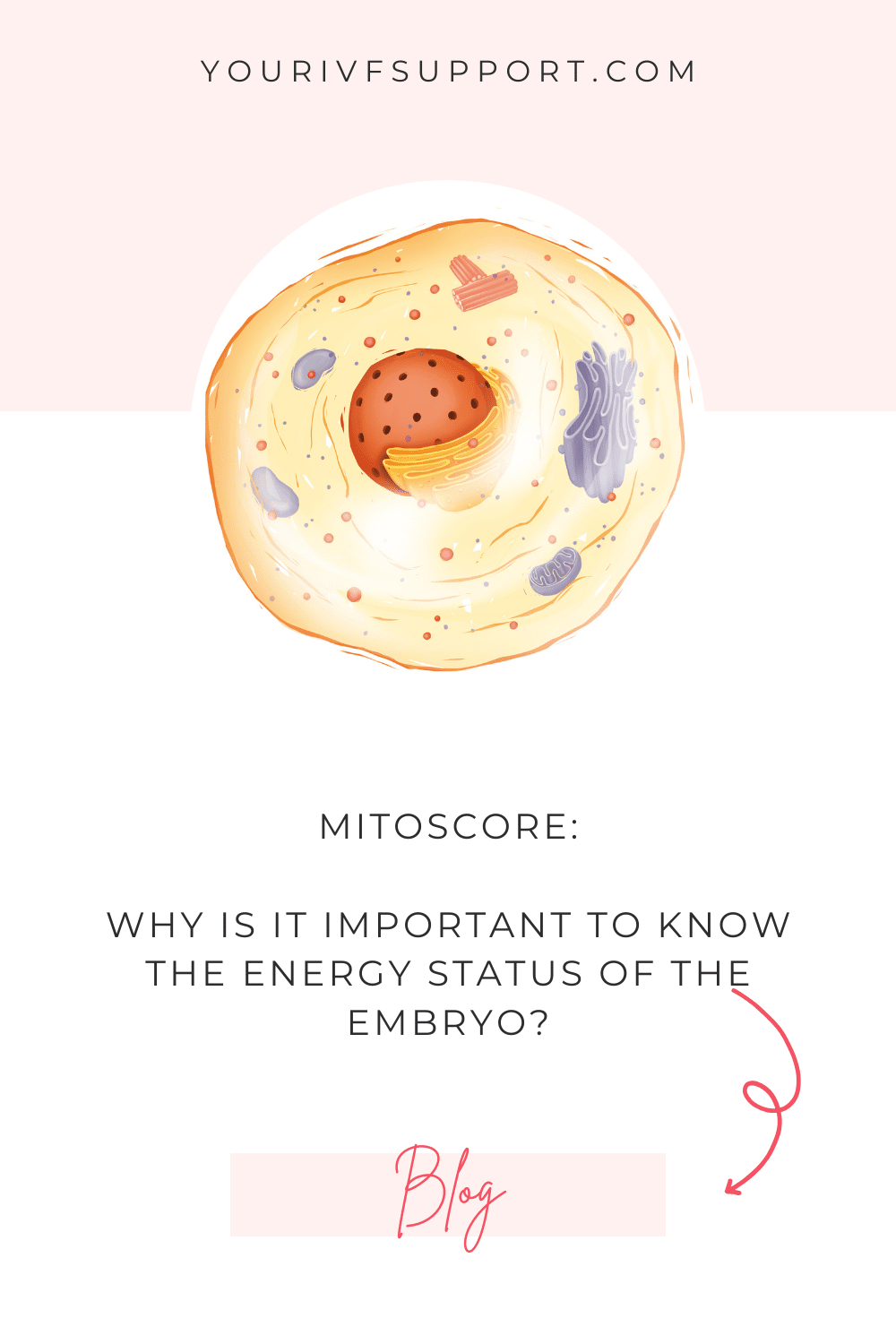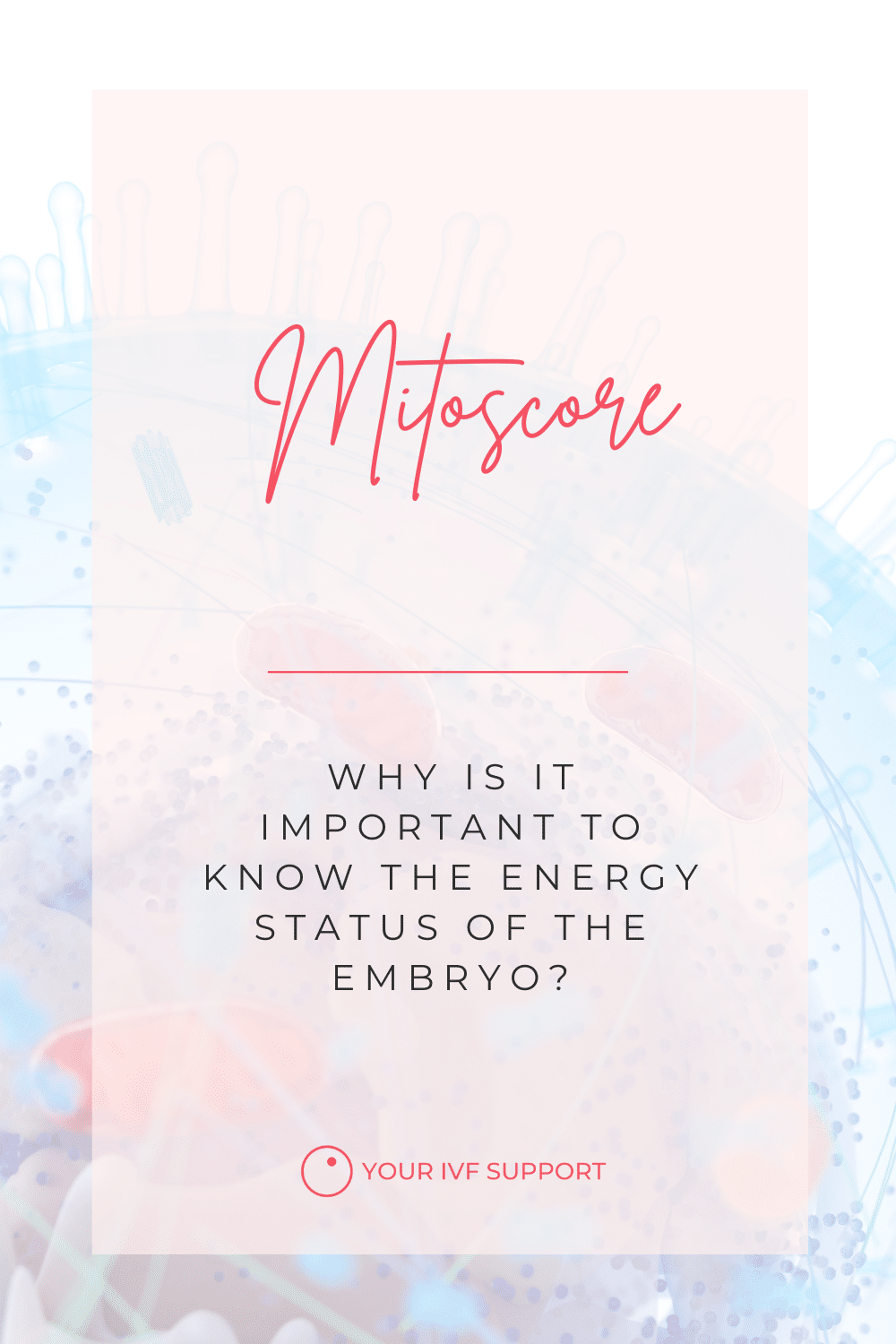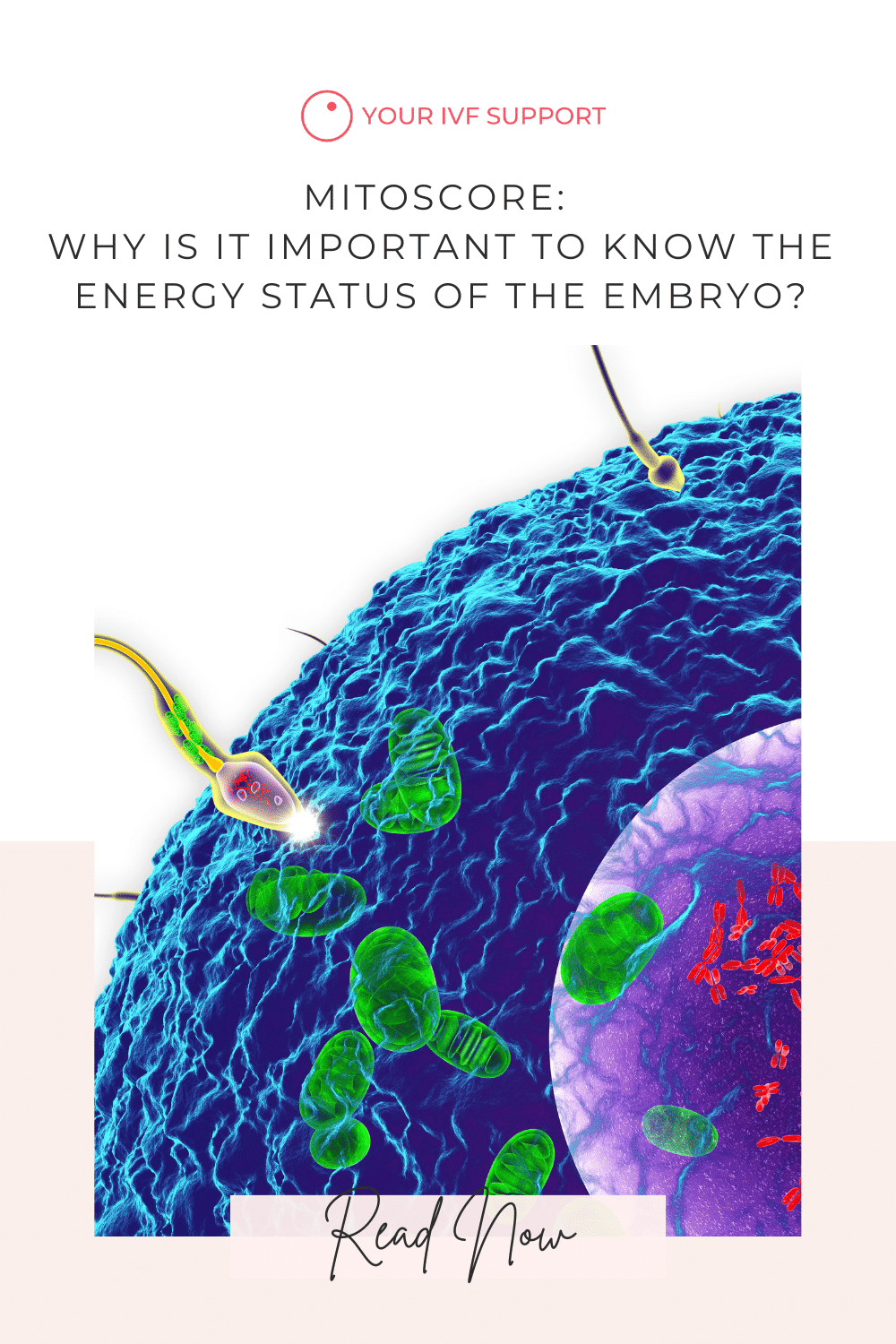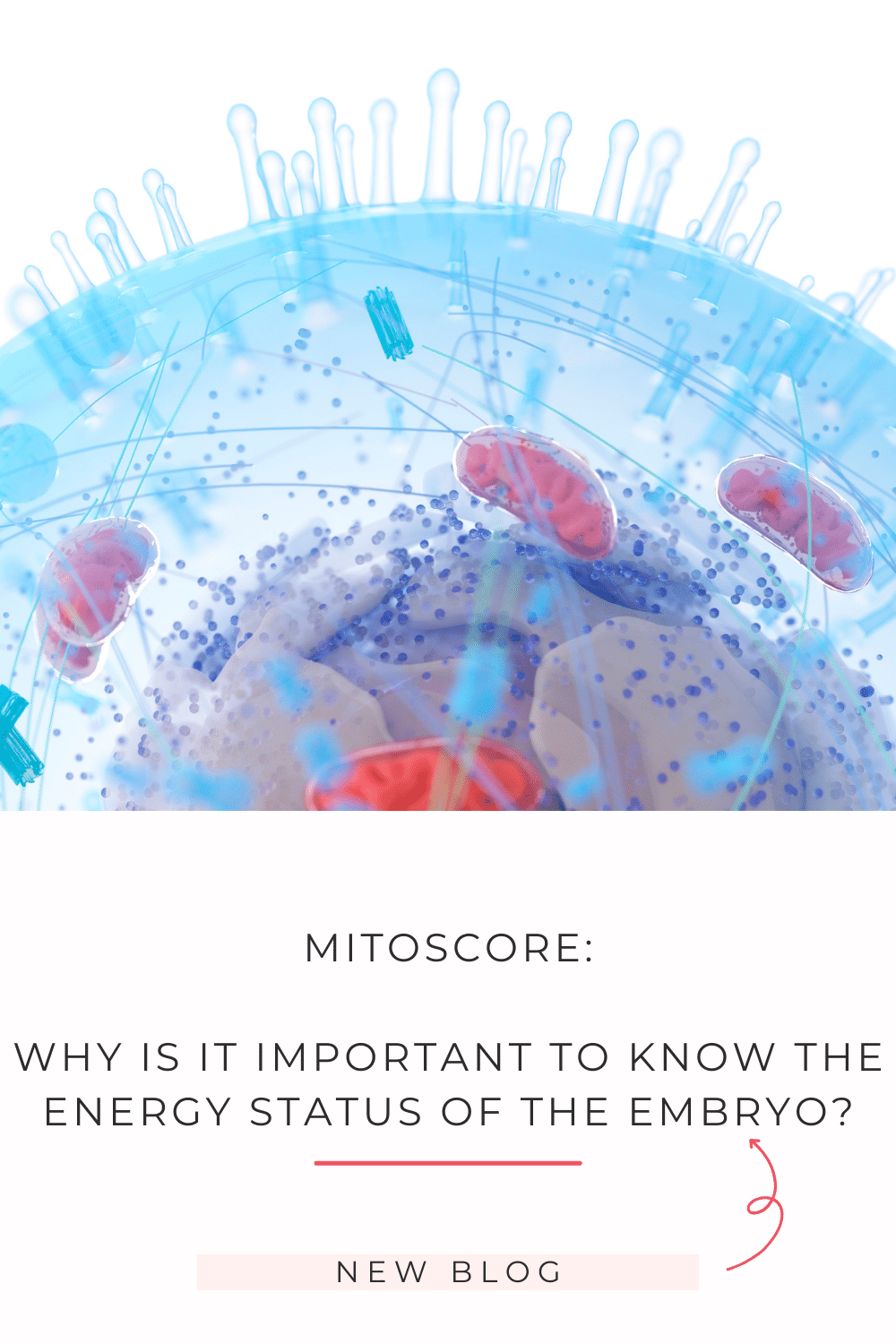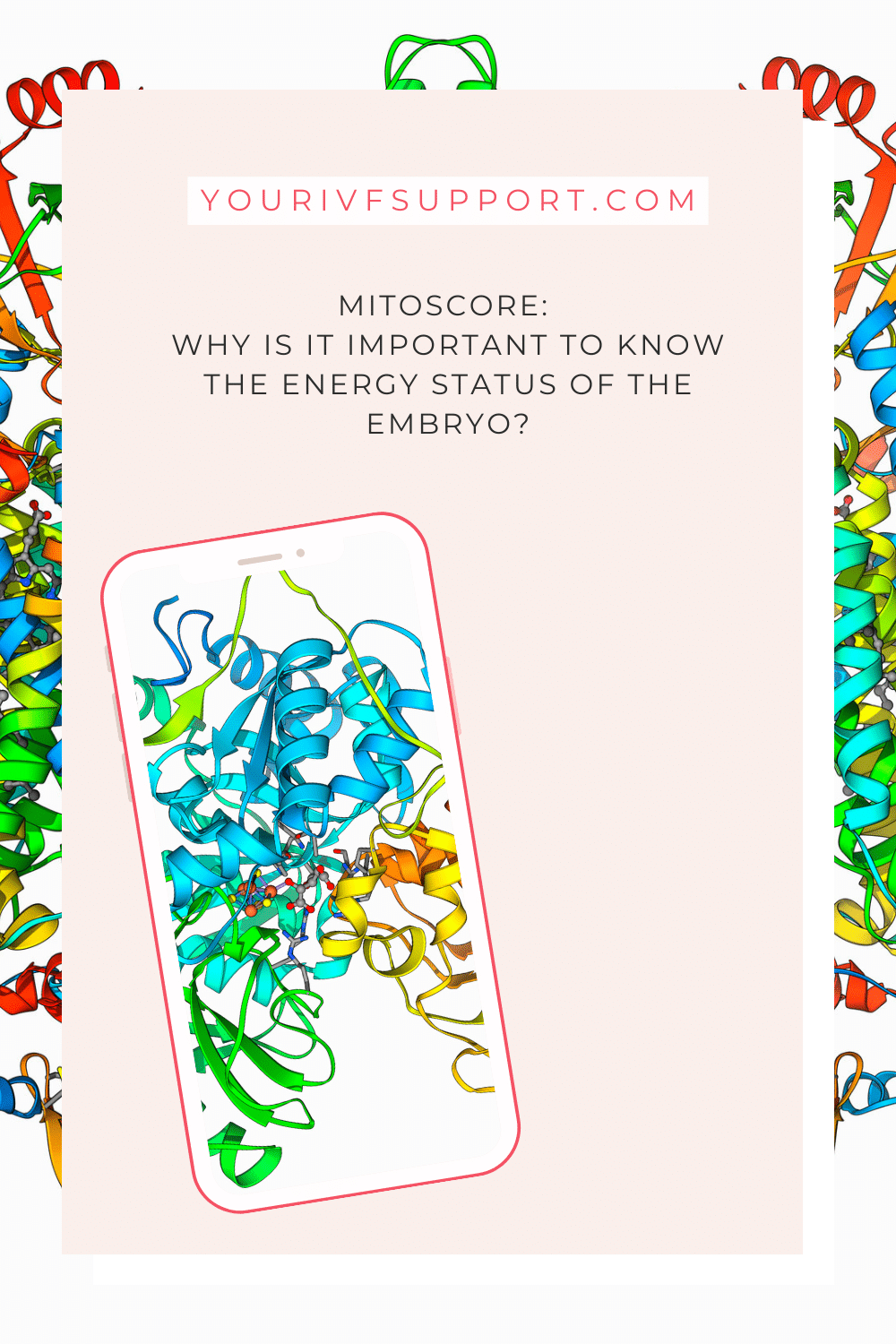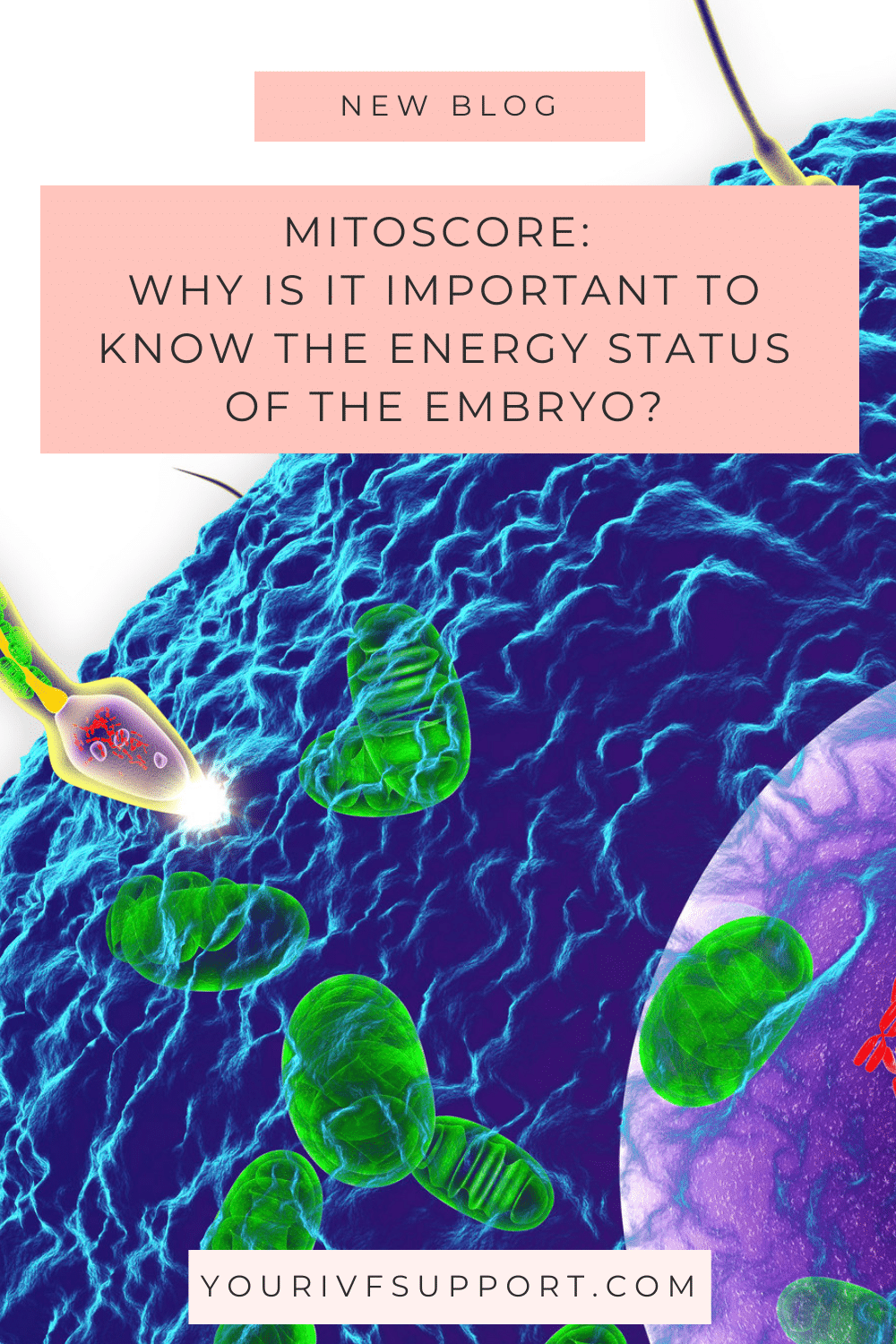Even at an advanced age, many women want to become pregnant and fulfil their dream of having their own family. But what happens if the wish to have a child does not work out as planned? Reproductive medicine now offers a number of additional methods to optimise fertility treatment. These include the Mitoscore test, which measures the energy status of embryos.
The Mitoscore test as an additional method in reproductive medicine treatment
Are you getting on in years and want to have a baby? Your family is not yet complete and you are planning to have another child? Unfortunately, at an advanced age, the success of fertility treatment is limited. One way to increase your chances of getting pregnant is to have a Mitoscore test. The test is one of the additional methods used as a supportive measure in reproductive medicine treatment. After the second unsuccessful embryo transfer, an additional measure should be recommended. The mitoscore test is a new procedure and is therefore only offered in a few IVF clinics. This innovative method measures the amount of DNA (mtDNA) in the mitochondria. Mitochondria are oval cell organelles that are considered to be the small power plants of the cell. The Mitoscore method aims to measure the energy status of embryos in order to identify the healthiest embryo. If you are considering a new or alternative treatment in reproductive medicine, it is important that all your questions are answered in a detailed doctor-patient consultation. For the gynaecologist, Mitoscore is a way of determining the chromosomal structure and energy adequacy of the embryo.
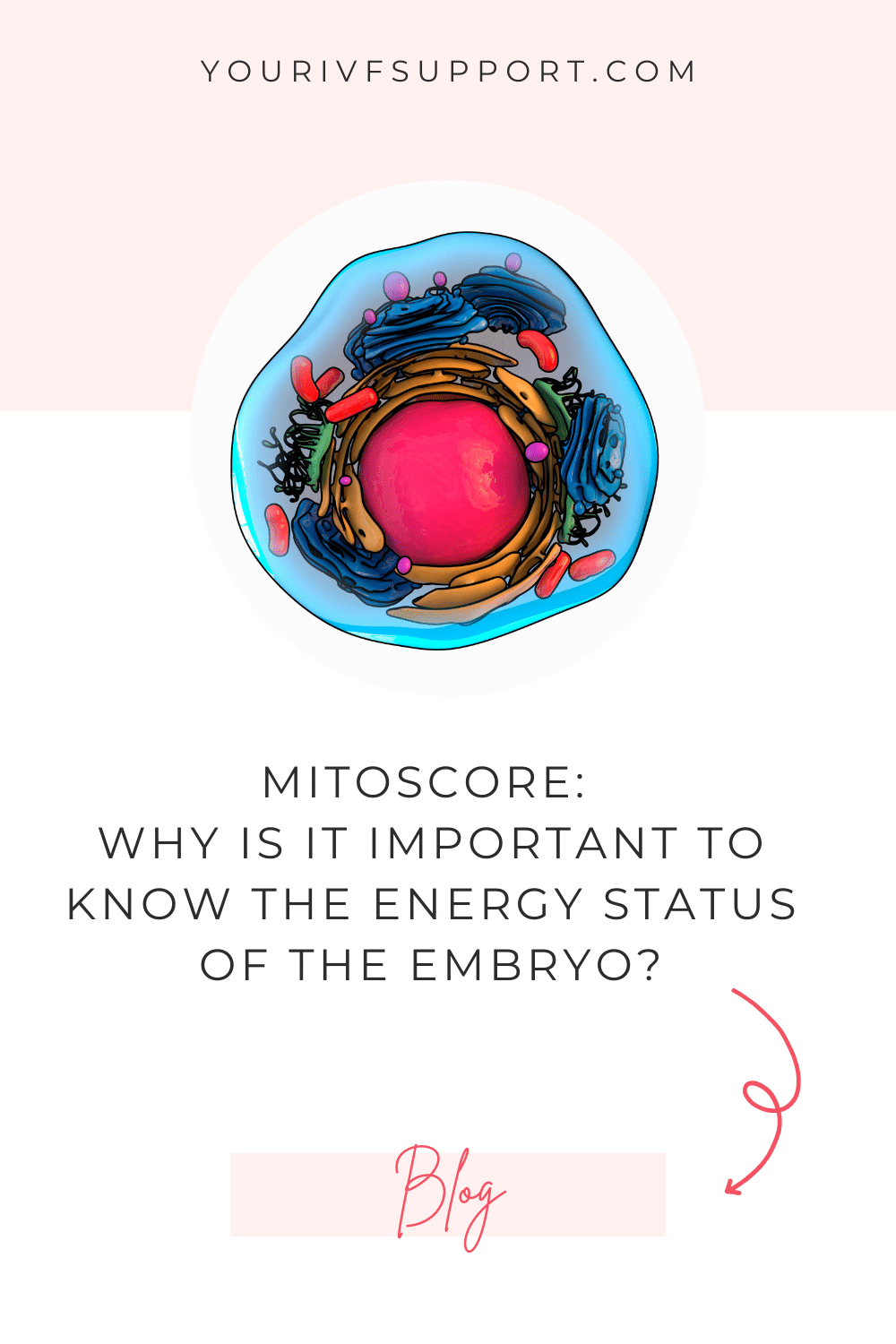
What is the ideal Mitoscore value and what does it mean?
A human embryo has 46 chromosomes. If some chromosomes are inherited incorrectly during cell division, the cells can become unbalanced. The resulting new cells are aneuploid, which means they have a different number of chromosomes than normal. In medical terms, a decrease or increase in the number of chromosomes is called chromosomal aneuploidy. In most cases, these changes are responsible for the embryo not attaching to the uterus or for miscarriage in the early stages of pregnancy. The risk of chromosomal abnormalities also increases with age. The mitoscore method is mainly recommended for women who have not become pregnant despite several stimulation cycles. Unfortunately, the prognosis for infertility treatment is sometimes worse after the age of 40, but this is not always the case. It often takes several cycles to retrieve enough eggs. With the Mitoscore method, the chromosomal structure and energy level of the embryo can be determined at the same time. Mitoscore is often used in conjunction with next-generation sequencing (NGS). Modern genetic analysis methods can sequence a large number of DNA molecules in parallel. Studies have shown that the embryo with the most ideal Mitoscore value should have a better ability to attach to the uterus. Next-generation sequencing (NGS) is a particularly advanced method of genetic analysis that provides very accurate results. These two techniques can be used to select the most suitable embryo for transfer after IVF. The aim is to achieve a high rate of live births while reducing the risk of miscarriage.


Checking the energy level of the embryo
It is known that the transfer of an embryo with normal chromosomal content has a higher success rate. However, this success rate is not 100% as other cellular factors can also influence the occurrence of a pregnancy. These include the mitochondrial organelles already mentioned. Mitochondria are vital organs of every cell and perform essential functions such as energy production. It has been found that an increased amount of mitochondrial DNA in an embryo can indicate a lack of energy. It is now believed that the embryo's attachment to the uterus is due to an inadequate energy status. It is therefore recommended that the result of the Mitoscore test be taken into account when deciding whether to transfer an embryo. Your gynaecologist should ask you which embryo should be transferred first. Of course, you need to know what the test result actually means. A high mitoscore is considered an indication of low energy efficiency, while a low mitoscore means the opposite. In principle, even embryos with a low mitoscore should be able to attach to the uterus. Mitoscore is primarily a method to help you select the best embryos so that you can become pregnant as soon as possible.
"The mitoscore test is relatively new and is rarely offered by IVF clinics."
Is the Mitoscore test suitable for every woman and is it always recommended?
Mitoscore requires a cell biopsy of the embryos. Before an embryo is transferred to the uterus, it is always specifically tested for genetic changes using the latest reproductive medicine techniques. For this reason, a PGD test is carried out before the mitoscore test. However, the final selection of transferable embryos is made on the basis of their mitoscore values. Modern IVF methods have a 55-70% chance of success. However, only healthy, well-developed embryos implant successfully in the uterus after transfer. Comprehensive chromosomal screening and determination of energy levels can together increase the chances of a stable pregnancy. A chromosomally normal embryo is more likely to implant in the uterus. In order to achieve pregnancy more quickly, it is therefore a good idea to genetically screen the embryos present and then test their energy metabolism with Mitoscore. In the case of single embryo transfers, it is then easier to find a suitable embryo that is most likely to lead to a successful pregnancy. At the same time, this method should reduce the risk of multiple pregnancy. As mentioned above, the mitoscore procedure is carried out using NGS techniques on the same sample that was used in the PGD procedure. This avoids the need for an additional biopsy. However, the mitoscore test is still relatively new and is rarely offered by IVF clinics.
